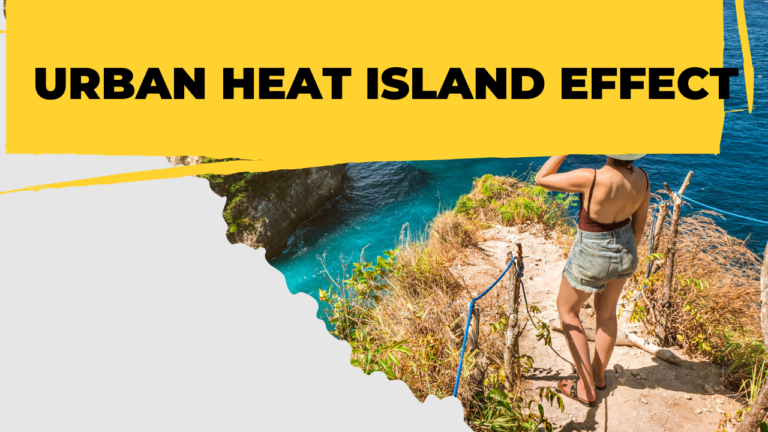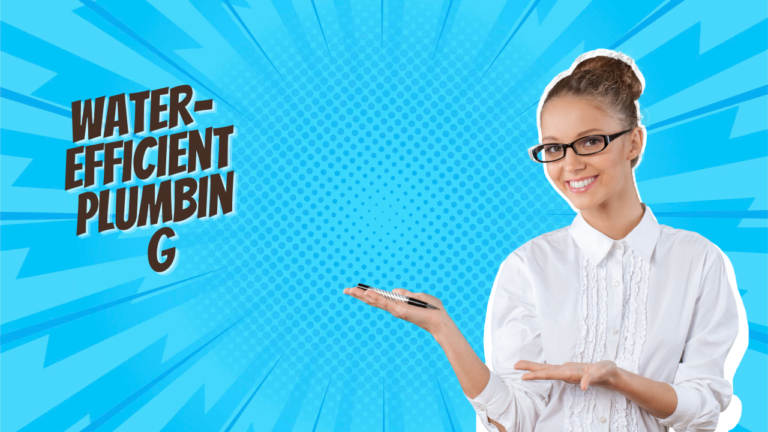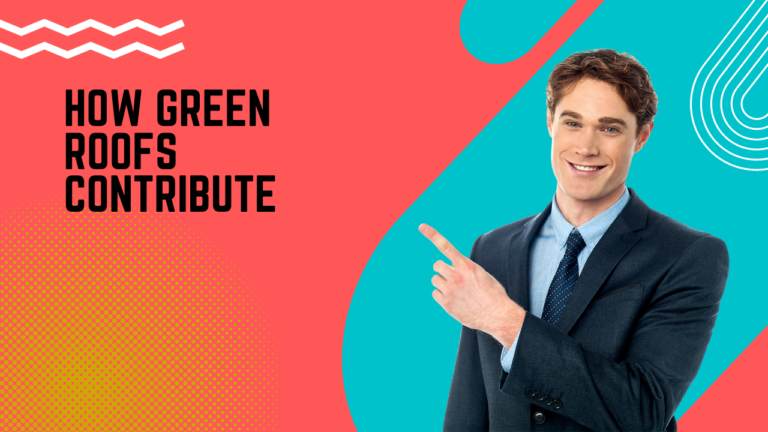Green Roof Systems vs. Traditional Roofs: A Comparative Analysis
As urban areas expand, the choice between green roof systems vs. traditional roofs becomes increasingly important. Green roofs, with their growing popularity, present a compelling alternative to conventional roofing solutions. This article provides a detailed comparative analysis of green roof systems and traditional roofs, exploring their benefits, drawbacks, and overall performance to help you make an informed decision for your building needs.
Understanding Green Roof Systems and Traditional Roofs
In the debate of green roof systems vs. traditional roofs, it is essential to understand the fundamental differences between these two roofing options. Each has its own set of characteristics, advantages, and limitations.
Green Roof Systems
Green roof systems, also known as living roofs, are covered with vegetation and a growing medium. They can be categorized into two main types:
- Extensive Green Roofs: These have a shallow growing medium, usually 2-6 inches deep, and support low-maintenance, drought-resistant plants. They are designed for minimal weight and maintenance.
- Intensive Green Roofs: These have a deeper growing medium, 6 inches or more, allowing for a wider variety of plants, including shrubs and small trees. They require more structural support and maintenance.
Traditional Roofs
Traditional roofs include a variety of conventional roofing materials, such as:
- Asphalt Shingles: Commonly used due to their affordability and ease of installation.
- Metal Roofs: Known for their durability and energy efficiency.
- Tile Roofs: Offer longevity and aesthetic appeal but can be heavier and more expensive.
Comparative Analysis: Green Roof Systems vs. Traditional Roofs
Green roof systems vs. traditional roofs offer different benefits and drawbacks. Here’s a detailed comparative analysis to help you understand the key differences.
1. Environmental Impact
Green Roof Systems vs. Traditional Roofs: Green roofs have a significantly lower environmental impact compared to traditional roofs.
- Green Roof Systems: Green roofs help reduce urban heat island effects, improve air quality, and manage stormwater runoff. They provide insulation, reduce energy consumption, and support biodiversity.
- Traditional Roofs: Conventional roofing materials often contribute to heat absorption and increased energy consumption. They usually do not provide additional environmental benefits.
2. Energy Efficiency
When comparing green roof systems vs. traditional roofs, energy efficiency is a critical factor.
- Green Roof Systems: These roofs offer excellent insulation properties. They reduce heat gain in the summer and heat loss in the winter, which can lead to lower heating and cooling costs.
- Traditional Roofs: While some traditional roofing materials, like metal roofs, offer good insulation, they generally do not match the insulating benefits of green roofs.
3. Maintenance and Durability
Maintenance and durability are essential considerations in the green roof systems vs. traditional roofs debate.
- Green Roof Systems: Green roofs require regular maintenance, including weeding, irrigation, and monitoring plant health. Intensive green roofs, in particular, need more frequent upkeep. However, they can extend the lifespan of the underlying roof structure by protecting it from UV rays and temperature fluctuations.
- Traditional Roofs: Traditional roofs typically require less maintenance compared to green roofs. However, their lifespan can be shorter, and they may need replacement or repairs more frequently.
4. Installation Costs
Installation costs are a crucial aspect when comparing green roof systems vs. traditional roofs.
- Green Roof Systems: The initial cost of installing a green roof is generally higher due to the complexity of the system and the need for structural reinforcement. However, this cost can be offset by the long-term savings in energy and maintenance.
- Traditional Roofs: Traditional roofs are usually less expensive to install. The costs can vary depending on the material chosen, but they typically have a lower upfront investment compared to green roofs.
5. Aesthetic and Functional Benefits
Both types of roofs offer distinct aesthetic and functional benefits.
- Green Roof Systems: Green roofs provide an aesthetically pleasing green space and can be used for recreational purposes. They enhance the building\’s visual appeal and create a natural habitat in urban environments.
- Traditional Roofs: Traditional roofs come in various styles and colors, allowing for flexibility in design. They are often chosen for their classic appearance and practical functionality.
Final Thoughts
In the comparison of green roof systems vs. traditional roofs, green roofs offer substantial environmental and energy efficiency benefits but come with higher initial costs and maintenance requirements. Traditional roofs are more cost-effective upfront and require less maintenance but may not provide the same environmental advantages.
When deciding between these roofing options, consider factors such as your budget, environmental goals, and the specific needs of your building. Green roofs are an excellent choice for those seeking to enhance sustainability and energy efficiency, while traditional roofs may be preferable for those prioritizing cost-effectiveness and simplicity.
FAQs
1. Are green roofs worth the initial investment?
- Green roofs can be worth the investment due to their long-term benefits, including energy savings, improved insulation, and environmental advantages. The decision should be based on your specific needs and goals.
2. How long do green roofs typically last?
- Green roofs can last 40-50 years or more, depending on the quality of installation and maintenance. They can extend the lifespan of the underlying roof structure.
3. What are the maintenance requirements for green roofs?
- Maintenance includes regular weeding, irrigation, plant care, and monitoring the integrity of the drainage system. Intensive green roofs require more frequent attention compared to extensive green roofs.
4. Can traditional roofs be upgraded to improve energy efficiency?
- Yes, traditional roofs can be upgraded with additional insulation, reflective coatings, or cool roofing materials to improve energy efficiency.
5. Do green roofs provide any additional benefits beyond environmental impact?
- Yes, green roofs offer aesthetic appeal, recreational space, and increased property value. They also contribute to urban biodiversity and can improve air quality.






